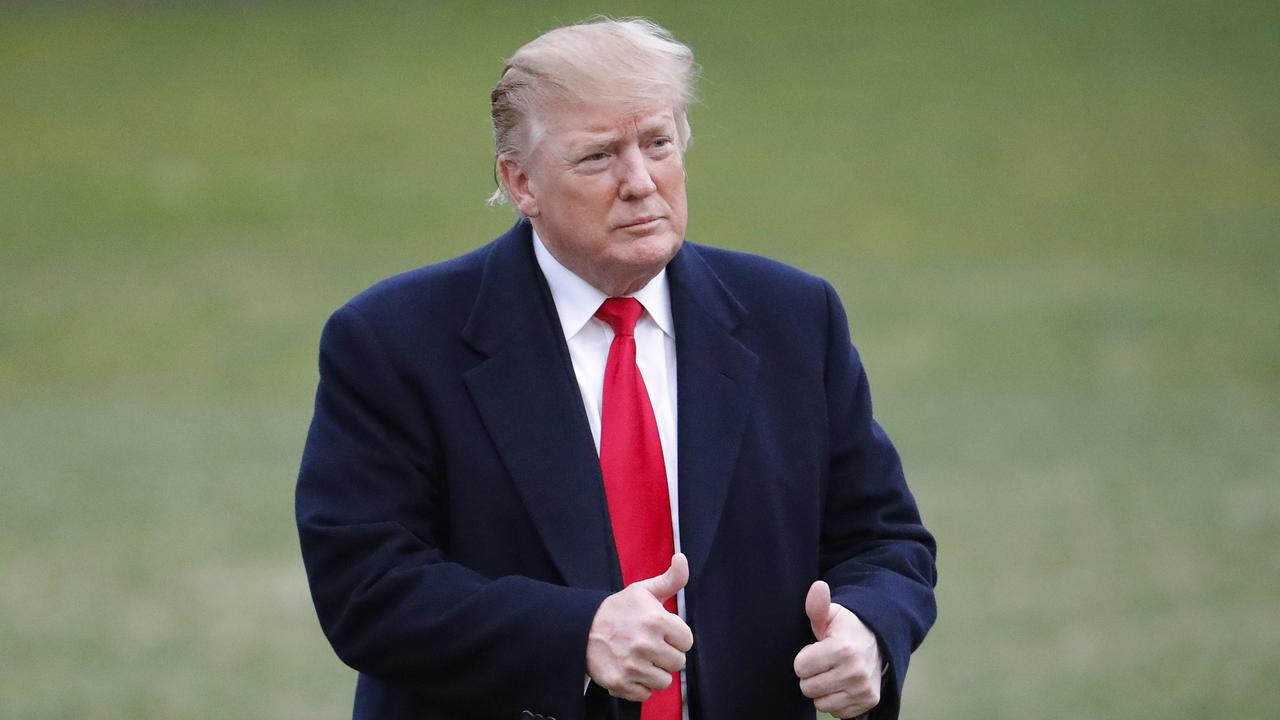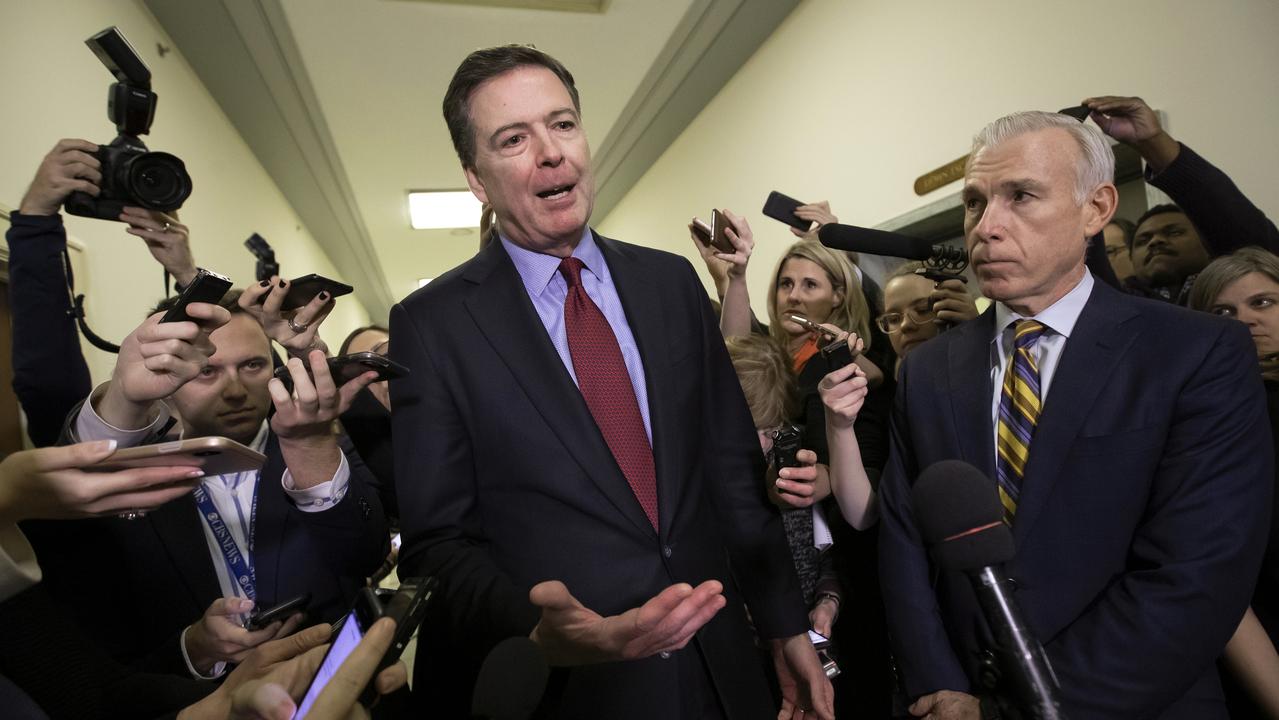
On June 29, 2014, in the Grand Mosque of Mosul, Abu Bakr al-Baghdadi announced Islamic State’s “caliphate”. Last week, three years later to the day, Iraqi troops recaptured it. Islamic State fighters had already blown up the mosque, leaving the medieval building in ruins and destroying its famous leaning minaret. The site is still off-limits: Iraqi bomb disposal teams believe the insurgents left it laced with booby-traps as they pulled out.
The mosque’s capture signalled the beginning of the end in an intense urban battle that began last November. As I wrote at the time, for sheer scale — size of the city, numbers of combatants and civilian population involved — Mosul has been not just the largest urban battle of the war in Iraq but the largest battle of any kind, anywhere, this century. It also has been one of the longest, pushing eight months of combat. And it’s not over yet: Islamic State holds only a tiny defensive enclave in the thicket of narrow streets and alleyways making up the old city of Mosul, its defenders bailed up along the western edge of the Tigris River, but the fighting in this area has been remarkably heavy even for Mosul.

The insurgents laid down a dense network of mines and improvised explosives, dug trenches into streets, fortified houses, tunnelled between and under buildings, emplaced snipers on rooftops and launched dozens of ferocious counter-attacks as Iraqi forces and coalition advisers closed in. They used hobby drones fitted with grenades as makeshift bombers to target advancing troops, destroyed large parts of the city’s infrastructure and mounted waterborne attacks across and along the river. They also have made extensive use of suicide bombers: just in the past week there were two successful and seven attempted attacks against Iraqi forces by women hiding bomb vests under their clothes.
As of now, most analysts’ best guess is that about 300 Islamic State fighters remain in the old city, bunkered down in a rough parallelogram of ruined cityscape about 400m long on each side, their numbers down from about 6000 at the beginning of the battle. This fortified area is packed with people and the Islamic State fighters are intermingled with about 10,000 civilians. Though the battle has gone slowly from the start — Iraqi forces took 100 days to recapture the city’s eastern half, across the river, and even longer to get to this point — the fighting has slowed significantly as the focus shifted to western Mosul.
Iraqi and coalition forces advanced slowly, in part because they were trying to avoid civilian casualties, but many locals have been killed and injured nonetheless and the property damage has been immense. More than half the buildings in some parts of the city — by some estimates, 20,000 structures in total — have been destroyed, mostly by ground fighting, artillery and Islamic State bombings and executions. Thousands of bodies lie under the rubble or are laid out, unburied, in ruined houses and apartments. The smell of rotting flesh hangs over the western part of the city.
Some of these deaths came from coalition or Iraqi airstrikes and artillery, but thousands of people also were murdered by Islamic State thugs attempting to control them through fear or punish those suspected of supporting the government or attempting to flee. Hundreds were killed in al-Jamhuri hospital, one of Mosul’s major hospitals, which sits on the northern edge of the enemy-controlled zone and was recaptured by Iraqi forces last week. Despite the death penalty imposed on those trying to run away, more than 900,000 civilians from Mosul did succeed in fleeing the fighting during the past eight months, creating a problem of displaced people with urgent resettlement and reconstruction needs, which the Iraqi government and non-government organisations have been hard-pressed to solve. Those still caught in the fighting inside Mosul are in desperate straits, many without food or water, as the ongoing military cordon around the city prevents humanitarian aid from reaching them.

Amid the misery and destruction in his former stronghold, Baghdadi’s exact whereabouts are unknown — a Kremlin spokesman claimed he was killed in a Russian airstrike in mid-June in the Syrian city of Raqqa, while most Western and Iraqi analysts think he is hiding in a remote desert area on the Syria-Iraq border. Despite issuing a global call for his fighters to stand their ground in the battle for Mosul, Baghdadi appears to have left the city some time ago, part of a wider pattern of Islamic State leaders fleeing to remote areas to continue the fight after Mosul falls. Islamic State, like its predecessor al-Qa’ida in Iraq, has an impressive history of resilience: at least twice in recent history it has responded to setbacks by simply dropping back into guerilla mode, adopting a lower profile, reinfiltrating government-controlled areas and beginning to stealthily rebuild its influence.
Today its fighters are reinfiltrating cities such as Ramadi, Fallujah and Tikrit, where they once held sway. Attacks in all these cities are on the rise, showing that even after it loses Mosul and its last remaining urban foothold in Iraq (the town of Tal Afar, 75km west of Mosul), Islamic State still will be able to mount a serious threat of terrorism and guerilla warfare in Iraq. There are also almost surely sleeper cells and terrorist support networks in newly liberated parts of Mosul, as well as in other cities such as Baghdad and Kirkuk.
Kirkuk, like other cities along the Kurdish-Arab ethnic fault line in northern Iraq, will be a flashpoint for future violence once this phase of the war ends. On September 25, Kurds will vote in a referendum on full independence from Iraq. This was originally proposed back in early 2014, amid a dispute between the autonomous Kurdish regional government and the Baghdad government of then-prime minister Nouri al-Maliki, who had angered Kurds by cutting off constitutionally guaranteed funding to the region and blocking oil sales to Turkey. Kirkuk, at that time, was claimed by the Kurds but controlled by the central government. The referendum was postponed when Islamic State launched its blitzkrieg later in 2014, triggering the disintegration of the Iraqi army and police across much of Iraq’s north and west, including Kirkuk, where government forces bugged out in disarray. Kurdish Peshmerga fighters stepped into the gap, saved the city from Islamic State, and have controlled it since.
Kurdish President Masoud Barzani agreed to postpone the referendum until Mosul was recaptured. Now the Kurdistan Regional Government wants Kirkuk — with other disputed regions such as Sinjar — to vote in the referendum, something to which Baghdad strongly objects. Kurdish forces have fought hard against Islamic State, playing an important role early in the battle for Mosul, and many Kurds expect something — at the very least greater autonomy and control of their own oil, if not total independence — in return.
This will be particularly problematic for Baghdad, given the rise of Iranian-backed Shia sectarian militias (known as the Popular Mobilisation) operating to the west of Mosul, jockeying with the Kurds and the central government for control of newly liberated areas. The militias’ behaviour towards Sunni civilians in these areas — with allegations of intimidation, corruption and ethnic cleansing — is one driver of a resurgent Sunni guerilla movement that will continue to grow even after Islamic State loses its foothold. Though the Popular Mobilisation units (which include more than 40 factions) are not a unified block, Iranian advisers and material assistance have turned them into a capable fighting force, and an even more potent political power centre. The militias are angling to play a major role in the coming fight for Tal Afar, and have moved into areas close to the Syrian border, positioning them to link up with Iranian-backed Syrian militias across the frontier.
Inside Syria itself, Islamic State is also facing the impending loss of its western capital, the city of Raqqa. Here, too, the fighting is intense (though on a smaller scale than Mosul) and has centred on the walled old city of Raqqa and surrounding areas that have been heavily fortified by Islamic State since it seized the city from other rebel forces in January 2014.
The Syrian Democratic Forces, a mostly Kurdish rebel group backed by the US, began a major offensive against Raqqa early last November, about the time the Mosul battle began, in a deliberate effort by coalition strategists to force Islamic State to split its resources between the two battles and thus prevent it concentrating troops or weapons in any one location. This has largely worked — since the start of the year, Islamic State has progressively lost almost all the territory it once controlled in Syria, as well as losing areas around Aleppo and Palmyra to Russian-backed Syrian government forces.
At the same time, US Special Forces (now numbering more than 500 operators and advisers on the ground) and SDF fighters, backed by coalition airstrikes and artillery and reinforced with armoured vehicles, captured Thawrah district (immediately west of Raqqa) in March and April. By the first week of May they had seized the city of Tabqa, with its earthen dam, on the shore of Lake Assad about 40km from Raqqa. They then advanced east astride the Euphrates River, capturing the Baath hydro-electric dam by early June and placing themselves only 20km from Raqqa.
After more than three years of occupation, Islamic State has turned Raqqa into a well-defended Mosul-in-miniature, with its major stronghold in the old city (surrounded by the Rafiqah wall, a solid and high stone-and-brick structure more than 2.5km long, dating back to the 7th century) and a network of trenches, tunnels, fortified houses and bunkers across the city. As in Mosul, improvised explosives, snipers, drones and highly aggressive mobile counter-attacks including suicide bombers have played a large role in the defence of the city, as has violence and intimidation against civilians still in the town. SDF and US forces have progressively moved into Raqqa’s outskirts during the past month, fighting hard against heavy resistance, and last week they breached the Rafiqah wall in two places, setting themselves up for what promises to be a tough battle to seize the old city.
This will take time but its outcome — Islamic State’s loss of Raqqa — is no longer in doubt. As in Mosul, senior military cadres and political leaders have fled the city even as its defenders fight on, in a bid to preserve their organisation. Many have been killed in Russian, Syrian and coalition airstrikes against convoys leaving Raqqa during the past few weeks. The same airstrikes almost certainly have killed at least some innocent civilians fleeing the town as the SDF closes in.
Many surviving Islamic State leaders are believed to have made their way to the small town of Mayadin, on the Euphrates River about 190km southeast of Raqqa. Between Raqqa and Mayadin, also on the river, lies what is likely to be the next major battleground: the city of Deir ez-Zor, where 200,000 civilians and Syrian regime troops have been surrounded and besieged by Islamic State since 2015.
As they have lost other Syrian strongholds, Islamic State fighters have intensified their efforts to capture the entire city, wipe out the garrison and turn the town into a fortified base for a final stand. To date, despite heavy fighting, the garrison is holding out, and Russian and regime troops, with Iranian-backed militias, have been manoeuvring to lift the siege. If they succeed, Islamic State will have one final fallback area: a region along the Syria-Iraq border in the Euphrates valley, which Islamic State calls its “Euphrates Province” (Wilayat al-Furat), and which includes the river itself, a series of farming settlements along its banks, the towns of Mayadin and Abu Kamal on the Syrian side of the border and the city of al-Qaim on the Iraqi side.
Thus, as the battles in Raqqa and Mosul grind towards an end, the days of Islamic State controlling territory, governing population and acting as a pseudo-state are coming to a close. But as US forces, Russian and Syrian troops and Iranian-backed militias converge on Raqqa and Deir es-Zor, their mere proximity brings with it a risk of wider conflict. The Trump administration has already mounted one missile strike against the regime and recently threatened further military action if the Syrian government again uses chemical weapons against its own population. A series of ground and air incidents, including the shooting down of a Syrian jet aircraft and at least two drones by US forces, have underlined these risks over the past few weeks.
Far from the battlefield, Russian-Turkish-Iranian peace talks held in Kazakhstan this week were aimed at producing a peace plan, including four “de-escalation zones” around the country, to be enforced by the possible deployment of Russian military police as peacekeepers. These talks are yet to reach agreement but the fact they are happening under Russian auspices — and that they include NATO member Turkey, which profoundly opposes Washington’s de facto alliance with the SDF and other groups it believes are tied to the Kurdish separatist PKK — emphasises just how complex the politics still are, and how far we are from stable peace in Syria and Iraq. The ongoing stand-off between Qatar and other Sunni Arab states, led by Saudi Arabia, also has complicated matters, pushing Iran and Turkey (both of which support Qatar) together politically, while Turkey is in the process of deploying a brigade of troops into the country.
The next phase of the war against the Islamic State, in the Euphrates Province and in northwestern Iraq around Tal Afar, is likely to be just as tactically successful as the battles now grinding their way to an end. But without a comprehensive settlement — one that takes into account the interests of all players — the prospect of a stable peace remains distant. Indeed, one of the likeliest outcomes of this past year’s fighting, including the battles of Mosul and Raqqa, is that a motley collection of Iraqi and Syrian factions will come out better armed, better trained, less willing to compromise and jockeying intensely for advantage, even as the Islamic State drops back to guerilla mode and the hard work of stabilisation begins.
David Kilcullen is a former lieutenant-colonel in the Australian Army and was a senior adviser to US general David Petraeus in 2007-08, when he helped to design the Iraq war coalition troop surge. He also was a special adviser for counterinsurgency to former US secretary of state Condoleezza Rice. He is the author of Blood Year: Islamic State and the Failures of the War on Terror (Black Inc).





To join the conversation, please log in. Don't have an account? Register
Join the conversation, you are commenting as Logout